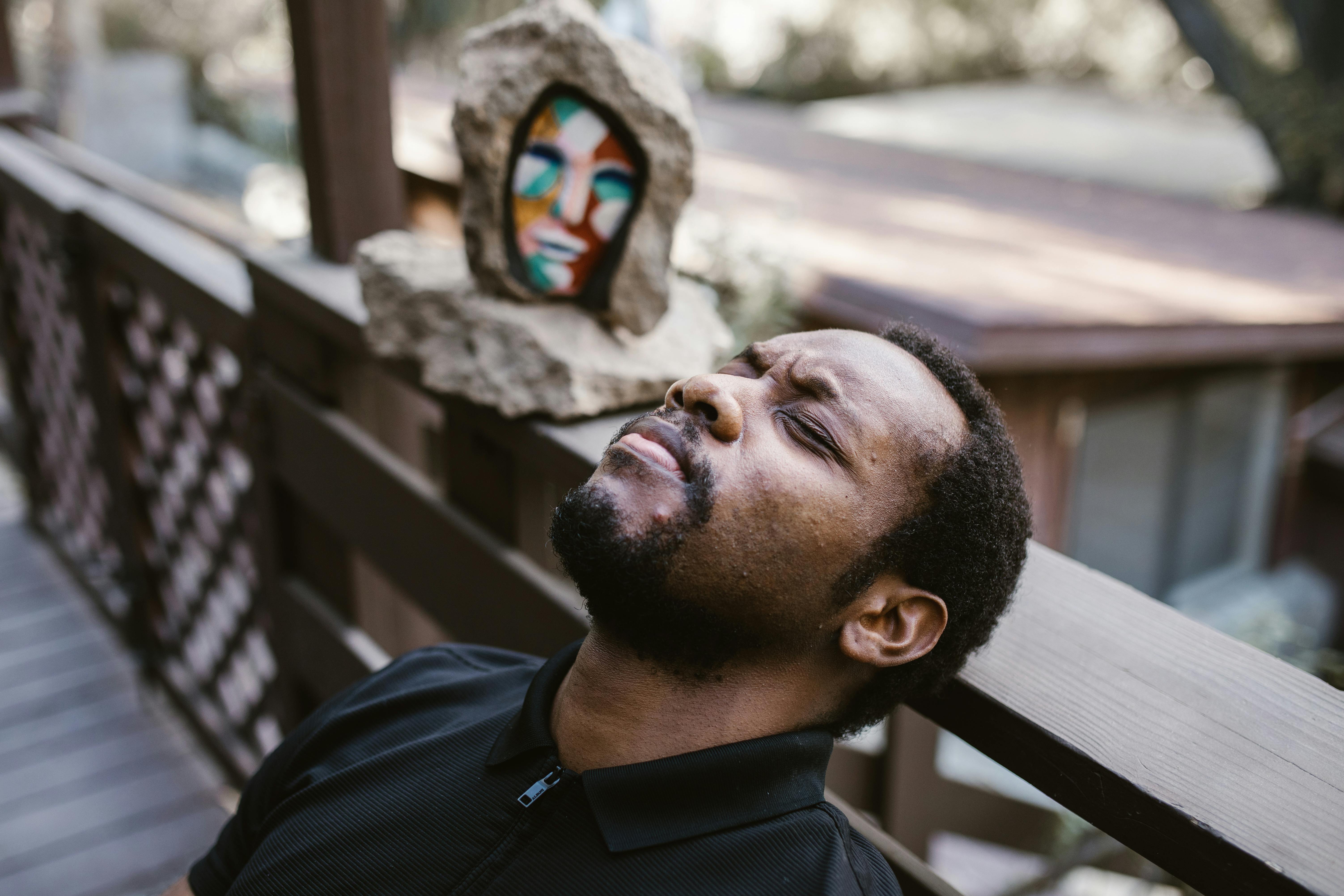
The Visual Cue: A Hidden Technique for Creating a Compelling Character Arc
Successful scripts in all genres share one indispensable trait: the main character undergoes a TRANSFORMATION.
Really, I consider this to be the higher purpose of movies. Beyond the entertainment factor, great movies resonate because they illustrate the difficult growth of a human being, addressing our universal need to challenge ourselves to spiritually evolve and change.
Great movies (and therefore great scripts) allow us to safely test the limits of our comfort zones and vicariously experience what it will be like to transcend them. This is what storytelling is all about: harnessing the universal human condition and pushing it to the limit.
And the way the stories accomplish this is by introducing a recognizable character who undergoes a compelling and emotionally honest transformation. Now that’s very good. But when it comes to composing this character arc on the page, how should we writers communicate it? Many writers make the well-intentioned mistake of being too subtle. They paint their main character’s arc so cryptically and obtusely that the reader has to figure out intellectually what exactly the arc is. Why is this a problem? Because once the reader (or audience) has to engage her intellect to decipher the emotional meaning of the story, the story loses all emotional impact. The stories should be cleverly crafted, but not to create the equivalent of a nuclear physics seminar at MIT. Remember, scriptwriting is designing an EMOTIONAL EXPERIENCE for the audience, not a MENSA puzzle. So, as a general rule of thumb, you want to dramatize a character’s transformation in as cheeky a way as possible.
Alright. So how do you clearly demonstrate your character arc for the greatest emotional impact? The trick is The Visual Cue. When we meet a character for the first time, we learn about the flaw or injury to his hand. They are BLOCKED emotionally or spiritually. Stalled at some level of development. In other words, there is something they cannot do, an action they dare not take. This action is symbolic: it can only be performed by someone at a higher level of emotional or spiritual development. Again, it is a SPECIFIC symbolic action. You as a writer decide what the action is, but remember that it must be specific. Once you determine the action, you now have two points, the beginning and the end of your character’s arc. The first point is planted in the first act. You CLEARLY state that a character cannot perform the action. They are blocked. I can’t do it. They’re not there emotionally yet. I need to… transform. Then, you guessed it, in the third act, you show them taking action. It is a moment. It’s where all the development and growth of the characters in the second act reaches its climax and pushes them over the threshold into the next stage of development.
Here’s an example:
THE CONFIDENTIAL
Lt. Ed Exley (played by Guy Pierce) begins the film as an ambitious, arrogant, and idealistic cop who believes he can change the corrupt system. At one point in the first act, this exchange between Exley and Captain Dudley (played by James Cromwell) occurs:
Captain Dudley Smith: Would you be willing to beat a confession out of a suspect you knew was guilty?
Ed Exley: No.
Captain Dudley Smith: Would you be willing to shoot a hardened criminal in the back, to offset the possibility that some… lawyer…
Ed Exley: No.
Captain Dudley Smith: So, for God’s sake, don’t be a detective. Stick to tasks where you don’t have…
Ed Exley: Dudley, I know you mean well, but I don’t need to do it like you did. Or my father.
Throughout the second act, as Exley investigates The Night Owl murders, he begins to realize just how corrupt law enforcement is, right down to the DA’s office. He decides that if he is going to dispense any semblance of justice, he will have to do it himself.
In the third act, after Captain Dudley is revealed to have masterminded the Night Owl murders as part of a cocaine score, a brutal gunfight breaks out in and around a deserted cabin in the woods. Exley and his partner Bud White (Russell Crowe) avoid an ambush by Dudley and his police cohorts. With only Exley and Dudley left standing, a police motorcade pulls up over the hill, lights flashing.
Dudley drops his gun and tells Exley, “Show your badge so they know you’re a cop.” He removes his badge, holds it up, and turns his back on Exley…
…who then shoots him dead.
The specific action of shooting a known criminal in the back represents Exley’s growth into a seasoned and mature officer who accepts that he does not have the power to change the system, so he must make the system work for him.
Exley is no longer an arrogant and idealistic lieutenant. He has seen how the world works and accepts his limits in it. He now has the emotional maturity to play the corrupt political game and administer real justice.
And his bow is represented in that specific symbolic act. A visual signal.
In addition to helping you frame your character arc, it also helps define your climax. Because the act occurs at the climax… it’s the culminating moment.
Try using this technique as you develop your script. It is very efficient and makes it very difficult for you to get lost while typing.